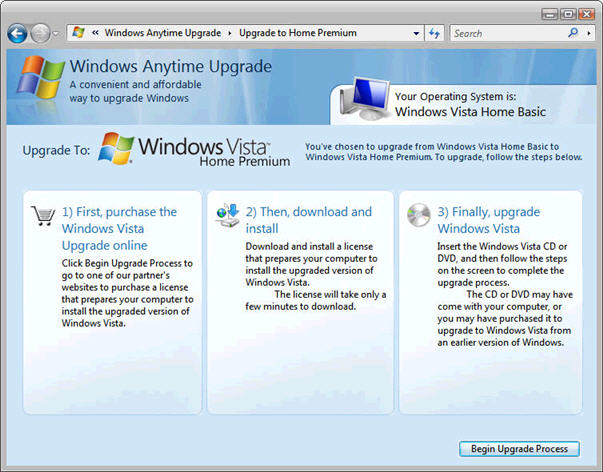

Yes, this is an older, though not ancient, system we were trying to upgrade. It booted fine in Safe Mode, yet the offending driver, file or service that caused the screen to go back, and caused the hard-drive activity to wind down to a barely discernible pulse, could not be identified after almost two days of troubleshooting. After installation, the laptop would not fully boot into Windows 7. There also was a caution about two, third-party VPN clients that were installed. Before the actual installation began, running the compatibility report warned of issues with Infrared and Synaptic pointing devices on the ThinkPad. The installation, in and of itself, took place without incident. Since Vista upgraded with minimal issues, the anticipation was that the Windows 7 beta upgrade would be similar. The next step was to get Windows 7 installed. We put those issues to the side and continued on. However, the AVG antimalware client installed would not fire up. Using a three-and-a-half-year-old ThinkPad T43 as the master image, the first step in the process-the transition from XP to Vista-was relatively smooth with just two notable issues: After the required reboot once Vista Service Pack 1 was installed, most of the pre-existing data and applications were intact. While we were prepared to run into some problems with creating a Windows 7 image and pushing it out over a network, we did not foresee the headaches involved in upgrading a single PC from XP to Vista to Windows 7. Then use an imaging utility like Acronis' Snap Deploy to push the image out to other XP clients (all on the same hardware as the imaged machine) and overwrite the XP operating system on them with the Windows 7 image. The initial plan: Create a master image on a PC running Windows XP, then upgrade that PC from XP to Vista Service Pack 1 to Windows 7 beta. The Test Center came to this conclusion after an attempt at a simulated enterprise upgrade and other evaluations of the process on different pieces of PC hardware. That recommendation did not go unheeded as reviewers in the CRN Test Center set out to find the most efficient and easiest way to get Windows 7 deployed on XP clients.īut after a series of tests on older and newer hardware, a number of noteworthy issues emerged: Microsoft's statement that if hardware works with Windows Vista it will work with Windows 7 appears to be, at best, misleading hardware that is older, but not near the end of most business life cycles, could be impossible to upgrade and the addition of an extra step in the upgrade process does add complexity and more time not needed in previous upgrade cycles.


 0 kommentar(er)
0 kommentar(er)
